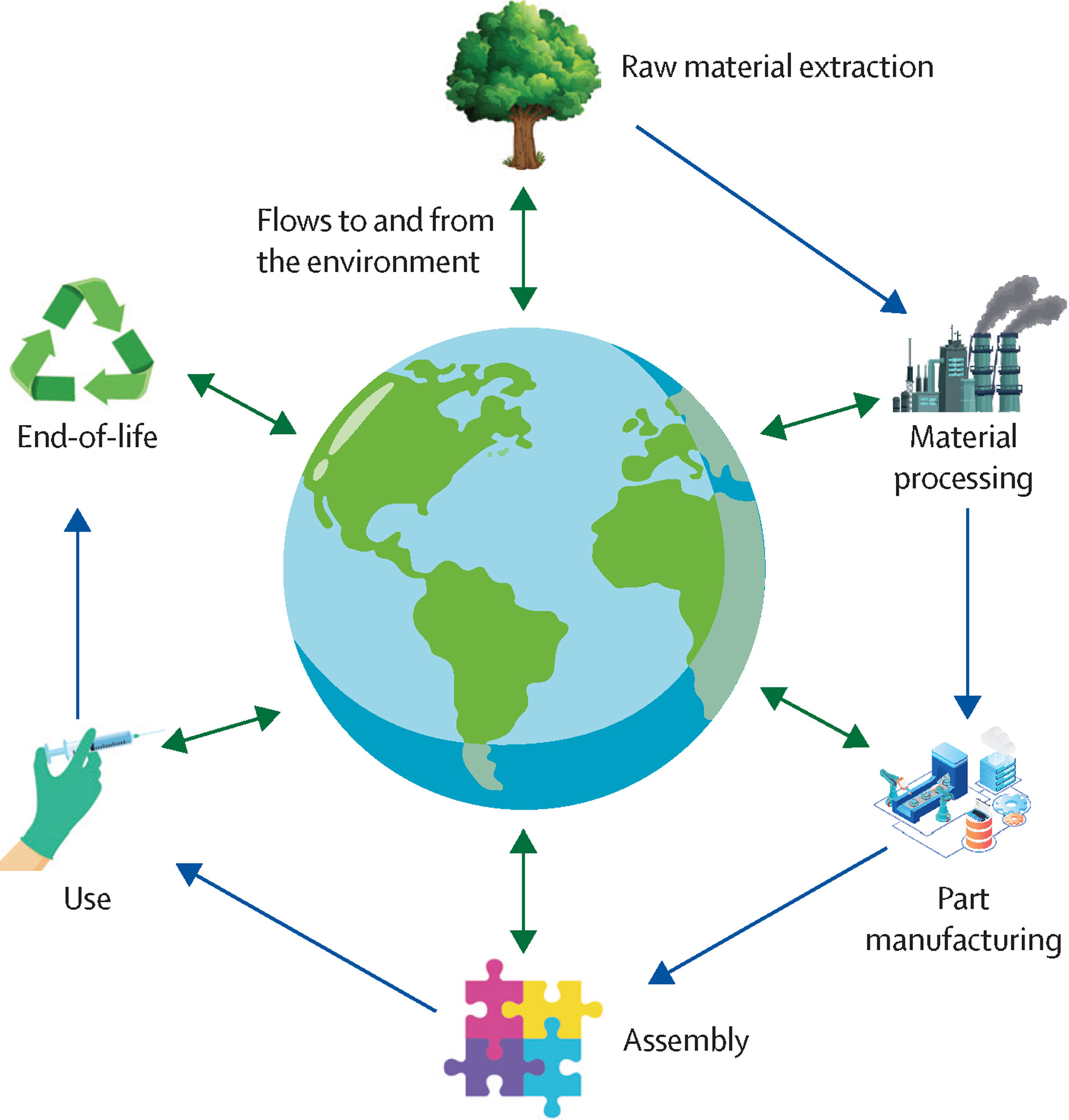This Personal View supports SDGs 3 and 13 by assessing how to integrate carbon emissions into health technology assessments and discusses how international effort will be required to ensure that the carbon footprints of commonly used health-care products are freely available.
This Article supports SDGs 3 and 13 by comparing the costs of implementing climate change mitigation policies with the economic benefits of avoiding heat-related labour productivity loss through climate change mitagation. The authors find that a substantial proportion (51.8%) of the costs of climate change mitigation would be offset by the economic benefits gained from avoiding labour productivity losses. There were geographical variation, with the benefits exceeding the costs in southeast Asia, Brazil, and Mexico.
This paper supports SDG 3 by highlighting that, in order to meet the needs of ageing populations, health systems need to improve health-care access and quality for working-age adults and older populations while continuing to realise gains among younger populations.
Elsevier,
Comparative Biochemistry and Physiology -Part A : Molecular and Integrative Physiology, Volume 274, December 2022
This article advances SDG # 15 and SDG # 14 by highlighting the value of the use of haematology in identifying changing patterns of health among seabirds which may serve as an early indicator of breeding failure, overwintering mortality, and population declines.
This article ties to SDG 3. This review highlights evidence that Maternal Separation (MS) interferes with neural development to permanently alter bed nucleus of the stria terminalis (BNST) circuitry, which may account for a variety of behavioral deficits seen following early life stress.
Elsevier,
Women's Health in Medical Clinics of North America Volume 7, Issue 2, p. 385-395, March 2023
This content advances goals 5 and 10 by covering the risk factors, consquences, treatments, and optimal support and resources for victims of intimate partner violence.
Biomass is a sustainable and review source. However, its conversion to chemicals is always challenging. This article produces high-value bioadhesive materials as a byproduct of chemicals from biomass. Using advanced technology such as electrochemical oxidation, clean energy and fuels can be produced from biomass, addressing SDG 7&13.
Innovation in Environmental Technologies (ETs) is critical for meeting the Paris Climate Agreement. Through an empirical analysis we show that collaboration between NICs and G7 countries drives ET innovation in the former. Results suggest that much greater policy focus should be aimed at collaboration rather than technology transfer. Collaboration breeds more NIC’s innovation by inducing learning-by-doing, learning-by-innovating and learning-by-exporting
Green technologies (e.g., green preservation, processing, extraction, and analysis) and Industry 4.0 (e.g., artificial intelligence, big data, smart sensors, robotics, blockchain, and the Internet of Things) technologies rapidly becoming a valuable part of meeting the Sustainable Development Goals (SDGs)over the past decade. These technologies demonstrate high potential to foster ecological and digital transitions of food systems, delivering societal, economic, and environmental outcomes. While a range of green technologies has already provided innovative solutions for major food system transformations, the application of digital and other Industry 4.0 technological innovations is yet to be adopted to harness their full potential to achieve a healthier, smart, more sustainable, and more resilient food future.
Dismantling racism in health care demands that medical education promote racial justice throughout all stages of medical training. The development of any anti-racism curriculum in medicine requires the ability to identify racial bias in practices we have not previously recognized as explicitly racist or unjust.

